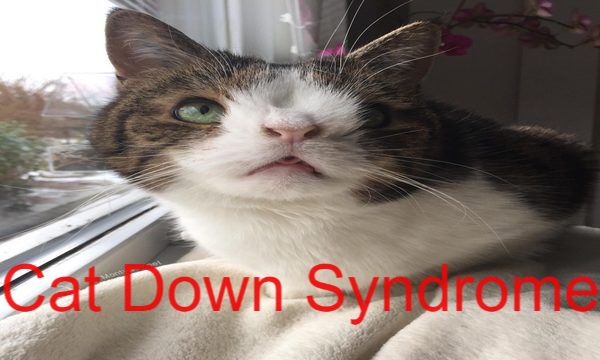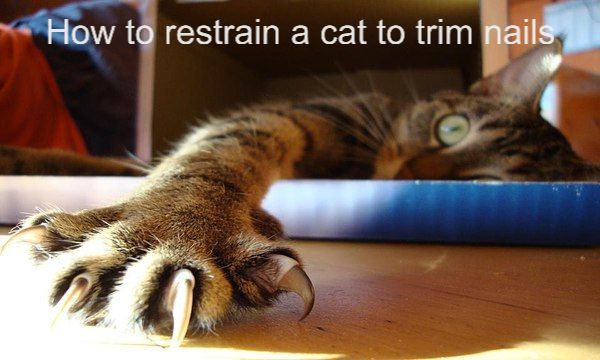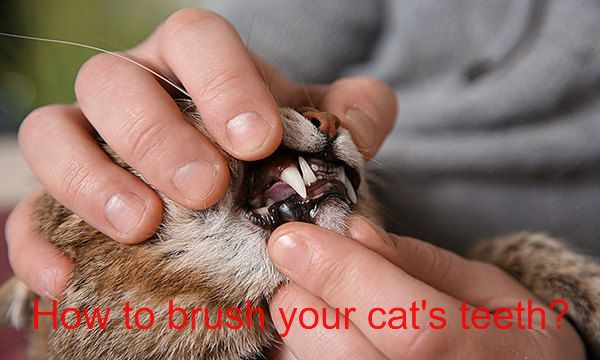How to Take Care of Cat Paws?[ Latest Guide in 2024]
![How to Take Care of Cat Paws?[ Latest Guide in 2024] 1 how to take care of cat paws (1)](https://animalpedias.net/wp-content/uploads/2022/01/how-to-take-care-of-cat-paws-1.jpg)
A significant aspect of your cat’s overall care is looking after her paws. If you have a cat, you should look after its paws. Here is a quick guide about how to take care of cat paws?
Imagine cats’ paws in action. A cat’s paws are constantly in motion. Keeping cats’ paws healthy and strong requires regular care, just like your feet. The acrobatic landing cats are famous for requiring healthy feet. There is the possibility that they may walk through harsh cleaning chemicals and across dirty floors.
You’ll notice your cat licking her paws throughout the day. She may be consuming harmful substances from her tiny paws by doing so. Ensure that your cat’s paws are clean and safe by providing regular cat paw care, which involves weekly inspections and cleanings.
Aside from dry and cracked paws, you should also treat cuts and other injuries to prevent infection. So, ensure your cat’s paws are always clean and free of wounds by regularly examining and cleaning them.
Table of Contents
How to Take Care of Cat Paws? 9 Easy Steps
Clean Cat paws
Maintaining the health of your cat’s paws begins here. Wet the paws every day using a damp cloth. Ensure there is no litter or other debris stuck between their paws. If your cat licks any of these substances off their paws, they could become ill, so make sure to clean up any spills he may have walked through and clean his paws afterward. Clean paws help keep furniture looking great as well.
Paw Inspection
Especially after your cat has been outside, make sure to check her paws every day after she has tolerated you handling them. Use tweezers to gently remove anything embedded in the kitty’s paw, or if the item is too deeply embedded, call a veterinarian.
Treat Dry Cat Paws
To learn how to moisturize kittens’ paw pads, contact your veterinarian. It is important to prevent the pads from becoming dry, cracked, or irritated. You may use olive oil, coconut oil, or another food-grade oil that is safe for her to lick. To prevent the oil from spreading throughout the house, keep her in a separate room while the oil absorbs.
Ask your vet for a recommendation on a good paw moisturizer for cats if she needs something more powerful. Do not give your cat petroleum jelly or lotion made for humans, as they may be dangerous if ingested.
Cut the nails of your cat.
It is recommended that you trim your cat’s nails approximately every two weeks or every 10 days. You can restrain her as much as she is comfortable with. Your forearm pressed against her body may be sufficient if she doesn’t mind you touching her paws.
If your cat bites or scratches easily, a cat restraint bag may be needed. Before trimming her paws, massage her paws. If you don’t get a chance to trim all her nails at once, you may have to wait. Usually, one paw is done per session.
Give your cat a scratching post.
Cats benefit from scratching posts because their nails are naturally trimmed. The textures and orientations of these items vary. It is a good idea to get your cat several different scratching posts so she doesn’t become bored with just one.
Keeping the scratching posts in good condition is essential. It may seem like an old and worn-out scratching post to you, but it is just what your cat needs.
Check for Infection
You should treat any cut or broken nail on your cat right away to prevent infections. You should have your vet check your cat if you find blood or pus on their paw or if they have swollen paws or have an unpleasant odor.
Check for Limping
In case your cat has foot problems or prefers one paw, check the feet. A veterinarian may be necessary if your cat’s behavior persists despite no apparent problem. If your feline is limping one paw, examine their feet to know if there’s an issue. If you don’t notice any apparent issue but the behavior endures, you may have to take your feline to see a veterinarian.
See the Symptoms of Pillow Foot
Plasma cell pododermatitis, also known as “pillow foot,” is a rare condition that distresses the foot pads. As it’s not essentially painful, your feline might not limp or look bothered by it. Felines with pillow foot will frequently have more than one foot; however, not all four exaggerated. The foot pad will seem mushy, and it might be purplish and ulcerous.
Trim the long hair of your cat’s paws.
Hair in between your cat’s toes may irritate her if she has long hair. You may find that your cat’s hair grows so long that it hinders the way he walks. Keep the short hair trimmed with a small, rounded pair of scissors.
Why Care for Cat Paws?
Think for a minute about how cats utilize their paws. Cats walk across a diversity of sides in your house, counting dirty surfaces, for example, the litter box. If cats are permitted outside on a leash, they might walk across rocky ground, on thorns and additional sharp substances, and step across hot and cold surfaces, based on the weather.
Steady cat paw care that comprises inspections, as well as cleaning, will not only aid keep your cat’s paws clean and harmless for licking but also let you handle dry and broken paws, cuts, and other wounds before they can get infected.
Additional Thoughts
Obviously, one of the finest things you can do for your cat’s paws is to retain them at home, where they are less prone to injuries injured, come across extremely hot or cold surfaces, and hazardous chemicals. Besides, dry winter air will dry out your cat’s paws; thus, consider utilizing a humidifier throughout the cold months.
An itching post can also aid keep their nails in better condition. With everything included in caring for kittens, it’s easy to manage appropriate cat paw care. Creating an everyday habit of inspection and cleaning your cat’s paws will make it relaxed to keep them better.
Frequently Asked Questions
Q: How to Clean cats’ paws after the litter box?
Use a damp towel to remove the fragments of litter after it has softened. Gently grasp the paws of your cat with the hand you don’t use most often. You should then pick out the litter with a cloth soaked in soapy water. If the litter is tough to remove, you can repeat the process for another one or two minutes.
Q: How to treat cat paws peeling and bleeding?
Wash the wound with betadine or mildly antibacterial soap. Press a clean towel against the wound to reduce bleeding. A minor tear stops bleeding within minutes; however, a more profound wound takes more time. It is also possible for bleeding to occur when walking on the leg.
Q: Why are my cat’s paws dry and cracked?
Your cat’s paws may show signs of low protein or fatty acid levels if they are heavily cracked and bleeding. Cracked paws in older cats can be an indication of liver or kidney dysfunction, which prevents certain nutrients from being absorbed correctly by the digestive system.
Conclusion: How to Take Care of Cat Paws?
The renowned acrobatic landings cats are known to require healthy feet. Because of this, make sure your cat’s paws are clean and free from wounds regularly. Cat paw care can be overlooked with all the work involved in caring for them.
It will be easier to keep her paws in good shape if you check and clean them daily. Their feet get very dirty and worn out over time. Cats’ paws need to be adequately cared for to keep their paws healthy and strong.
A pedicure and manicure aren’t necessarily necessary for a kitty’s nails, but they should be trimmed and the paws cleaned regularly. We hope that this article will help you to take care of your cats’ paws and keep them clean.






